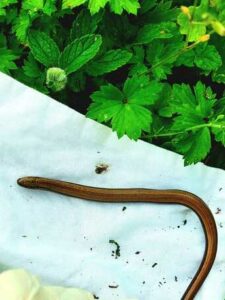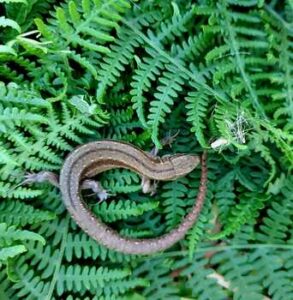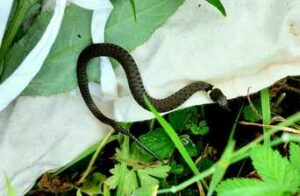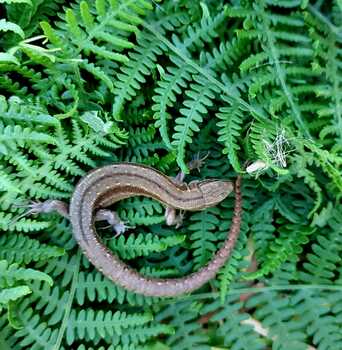Reptile Translocations
We began moving reptiles from one of our sites to their new home a few weeks ago, and it’s a job that requires speed, accuracy and some nerve! In the last couple of weeks, we have successfully
translocated over 60 juvenile and adult slow worms, as well as numerous grass snakes and common lizards.
Although they aren’t being moved far, all reptiles within our fencing must be caught to avoid being harmed during the construction phase. We will spend the next few months looking under our mats for reptiles, until we have a run of 5 days where there have been no catches or sightings and the site is deemed clear; and even then, we will undertake destructive search and supervision prior to and during construction to ensure nothings been missed. The receptor site in which the reptiles are being moved to, has been assessed to make sure it contains suitable habitat, and reptile fencing around this site ensures the translocated reptiles can’t get back into the construction zone. Before being released into their new home, a note is made of the species, sex, and maturity – can
you identify the reptiles in the photos below?
Bethan Feeney-Howells
Field Ecologist
Photos taken by Field Ecologist Sean Minns







